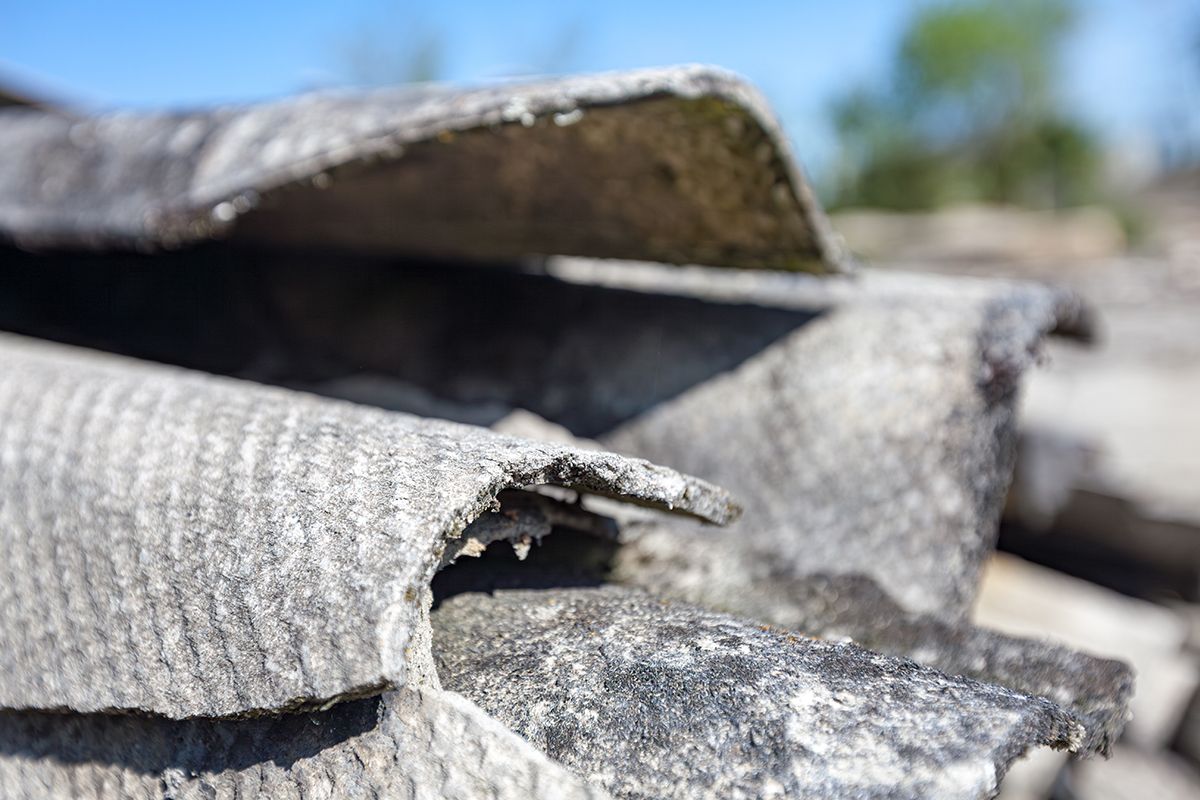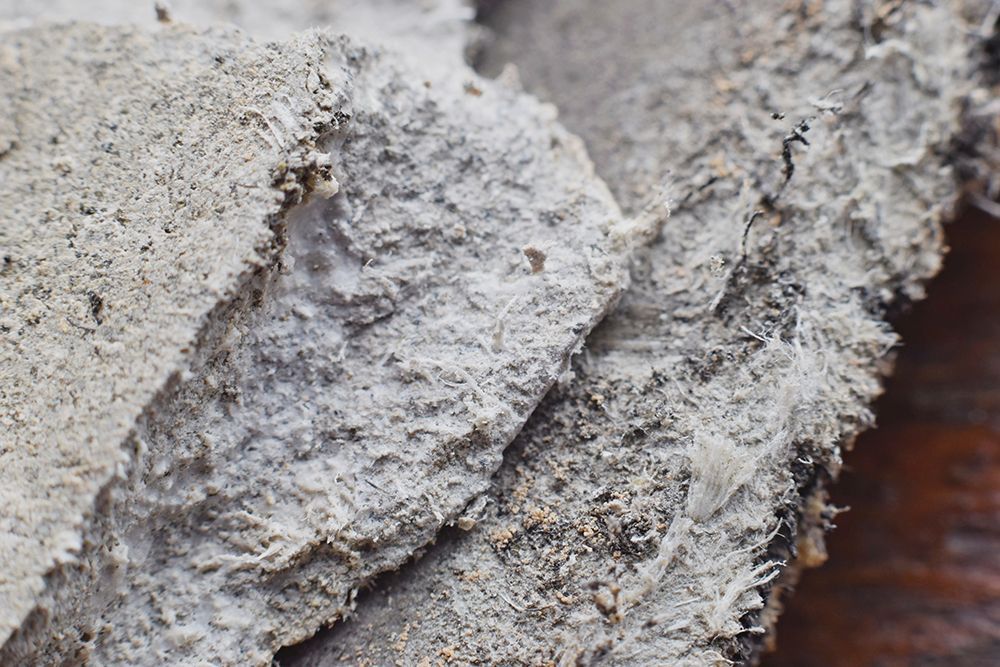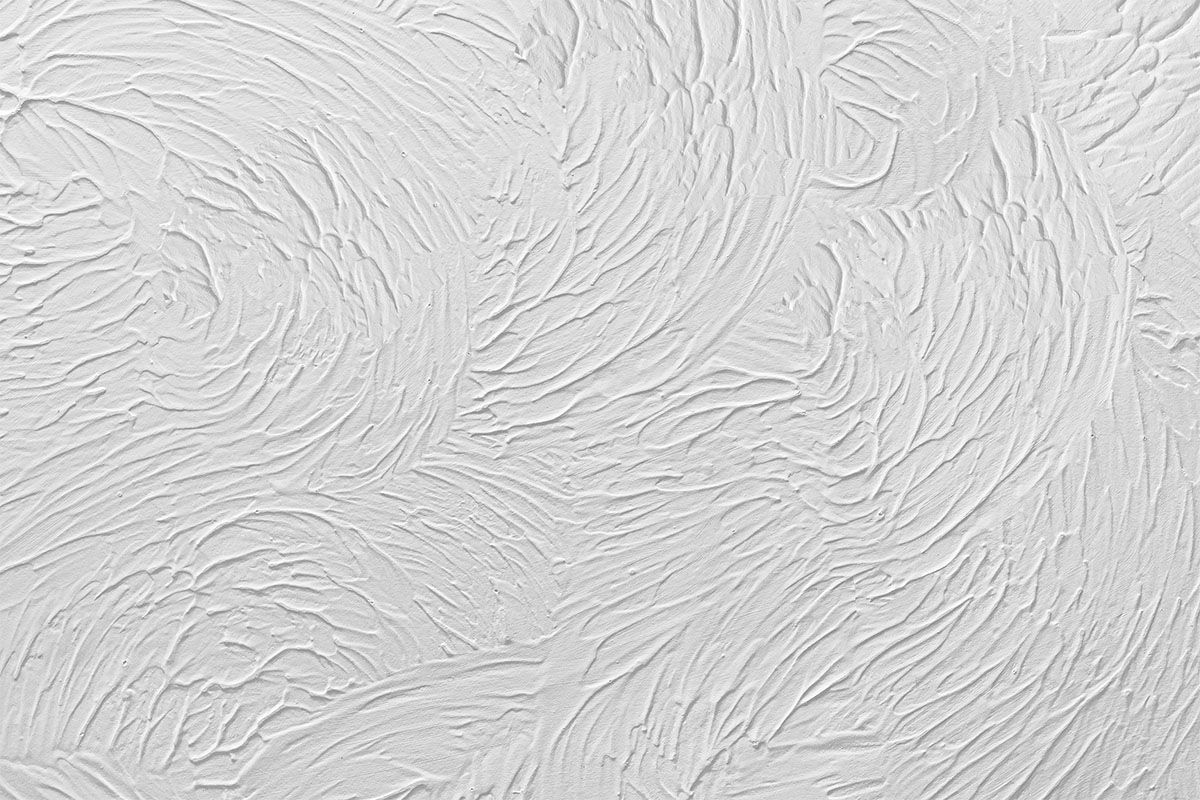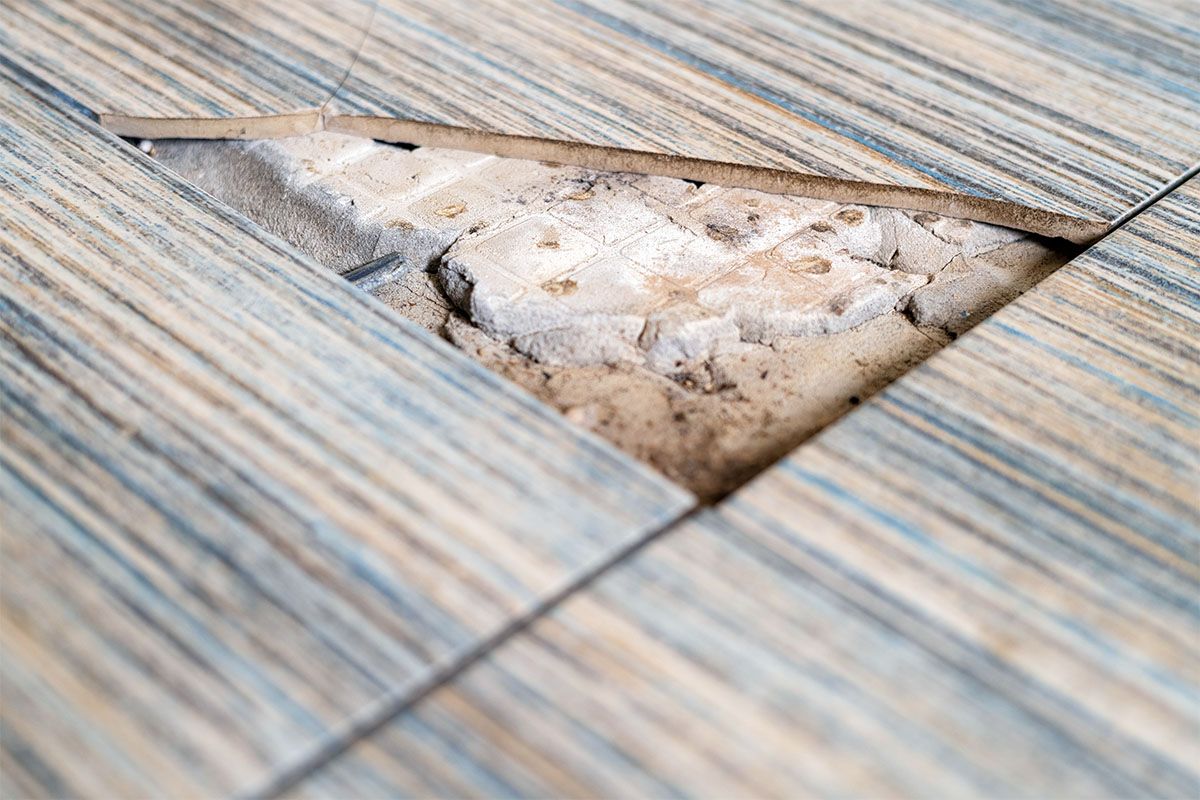Where Can You Find Asbestos in Your House?
This is a subtitle for your new post

If you’re concerned about the presence of asbestos in your home, then you’ve likely jumped on the internet to ask a few questions, and logically one of the first things you’ll want to know is whether it could be in the place you’re looking. You are right to seek answers, because having asbestos containing materials in your home can lead to a number of health concerns if disturbed.
At Cordtape, we have seen time and again that equipping you with information can help eradicate asbestos from homes, and alleviate any concerns you may have, so we wanted to walk you through common areas where asbestos may be lurking in your home and offer advice on how to deal with it.
Is it safe to live in a house with asbestos?
Living with asbestos in your home can be safe, as long as the material that contains it isn’t disturbed or at risk of becoming disturbed. However, if you suspect that you have asbestos in your home, it is vital that you have it investigated by licensed professionals.
This is because disturbance of asbestos containing materials (ACMs) or knowingly selling a property that contains ACMs is negligent and could lead to significant harm.
Where can asbestos be found in your house?
Ceilings and walls
Many homes built before 1999 have textured coatings on ceilings and walls, commonly referred to as popcorn ceilings. These textured finishes often contained asbestos, which helped create a durable and fire resistant surface.
If you have textured ceilings or walls in your home, do not disturb them unless you are sure they are asbestos free. Hire a professional to inspect and safely remove any ACMs.
Flooring
Vinyl floor tiles used to be a popular choice in homes, and older versions of these tiles often contained asbestos. This can be found in areas like:
- Kitchens
- Bathrooms
- Hallways
- Basements
Similarly, the adhesive or backing used for vinyl flooring may also contain asbestos.
If your flooring is in good condition and hasn’t been damaged, there’s usually no cause for concern. However, if you're planning on renovating or replacing flooring, it’s essential to consult an expert and avoid disturbing old tiles or adhesive.
Insulation materials
Asbestos was commonly used in insulation products due to its excellent heat resistant properties. Insulation can be found in a variety of areas around the home, such as around pipes, boilers, and fireplaces.
- Pipe insulation:
Asbestos pipe insulation is commonly found in older homes, particularly in areas like basements or attics where pipes are exposed.
- Boiler insulation:
Some older boilers and their associated insulation might contain asbestos, which was used to help keep the system efficient and safe.
- Loft insulation: Insulation in the attic, especially around chimneys and old heating systems, may contain asbestos.
If you suspect you have asbestos containing insulation, avoid touching it and hire an expert to assess the materials. Unlike other materials in your home, asbestos in insulation can be dangerous if undisturbed because fibres can still be released into the air in your home.
Roofing materials
Asbestos is often found in roofing materials including:
- Roofing shingles
- Cement sheets
- Guttering
If you have a cement roof, especially if it appears damaged or deteriorating, consider having it inspected by a professional asbestos surveyor. If the material contains asbestos, it will need to be safely removed and replaced by a qualified team.
Windows and doors
In older properties, window and door frames may have been constructed using asbestos cement boards or other asbestos based materials. Asbestos containing sealants were also used around windows and doors, but are unlikely to still be present in any modern building.

Where Can Asbestos Be Found in Your Garage?
Your garage, particularly if it's attached to your home or an older structure, could also be a source of asbestos. ACMs were used in a wide range of garage construction elements, from insulation to roofing.
Common areas where asbestos can be found in garages include:
Garage roofs
Just like in the main house, asbestos was used in roofing materials and wall cladding in older garages. Corrugated asbestos cement sheets were used regularly in garages, sheds, and outbuildings.
Avoid disturbing any roof or wall panels if you think they may contain asbestos. It’s best to contact a licensed asbestos removal professional for testing and safe removal.
Insulation
If your garage has an old heating system, particularly one that uses a boiler or pipes for heating, it’s possible that asbestos based insulation is present. This insulation could be wrapped around pipes or used in boilers and storage tanks.
If you notice any damaged or deteriorating insulation, don’t touch it. Call an expert who can assess the situation and remove the asbestos safely if needed.
Flooring materials
Older garages often have floor tiles or linoleum made with asbestos, which could still be in place today. If your garage floor has visible signs of wear and tear, there’s a possibility that asbestos may be present in the original flooring materials.
If you're renovating or replacing the floor, consider getting it tested for asbestos.
Where can asbestos be found in your garden?
Asbestos doesn’t just pose a risk inside your home. It can also be found outside, especially in older outdoor structures.
Here are a few areas where asbestos may be present in your garden:
Garden Sheds and Outbuildings
Garden sheds, garages, and other buildings built before 1999 may have roofs or walls made from asbestos cement sheets.
If you plan to remove or replace any outdoor structures, check whether asbestos was used in construction. An asbestos surveyor can help you identify these materials and advise on removal.
Asbestos Cement Pipes and Fencing
Asbestos cement pipes were once commonly used for water pipes, drainage, and even fencing materials. You may find these in your garden or around your home’s exterior.
What should you do if you find asbestos in your home?
If you suspect that you have ACMs in your home, garage, or garden, it’s important to take immediate action to ensure the safety of you and your family.
- Don’t disturb it:
Asbestos is most dangerous when it is disturbed. Don’t attempt to remove or repair the material yourself.
- Hire a professional:
Get in touch with a licensed asbestos removal specialist who can safely assess, test, and remove any ACMs.
- Get an asbestos survey:
If you live in an older property, having a professional asbestos survey conducted can help you identify hidden asbestos risks.
- Ensure safe disposal:
Asbestos should only be removed and disposed of by certified professionals to ensure it is handled and disposed of safely.
At Cordtape, we can assist you in locating and identifying Asbestos Containing Materials in your home with our Asbestos Survey and Sampling service. If we do locate the presence of asbestos, our Asbestos Removal team will extract it from your premises in accordance with Control of Asbestos Regulations 2012.
Our team is fully qualified to manage all aspects of asbestos assessment, removal, refurbishment and waste management.




